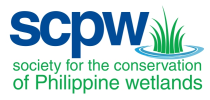 The National Conference on Wetlands, Climate Change Adaptation and Biodiversity Conservation (NCWCCBC) held on 12 to 14 January 2009 at Silliman University in Dumaguete City aimed at setting the stage for the development of a national policy on wetlands, and a national strategy and action plan for the wise use of wetlands and wetlands resources, incorporating concerns on biodiversity conservation and climate change adaptation.
The National Conference on Wetlands, Climate Change Adaptation and Biodiversity Conservation (NCWCCBC) held on 12 to 14 January 2009 at Silliman University in Dumaguete City aimed at setting the stage for the development of a national policy on wetlands, and a national strategy and action plan for the wise use of wetlands and wetlands resources, incorporating concerns on biodiversity conservation and climate change adaptation.
Field Exposure Trip/Observation and Community Interaction
The theme of the Field Exposure Trips on the second day of Conference (13 January 2009) was Community-Led Wetland Management Strategies. There were 5 field exposure sites, namely Apo Island, Bayawan Wetland, Lake Balanan, Bais Bay Mangrove Reserve and Lake Balinsasayao.
Lake Balanan
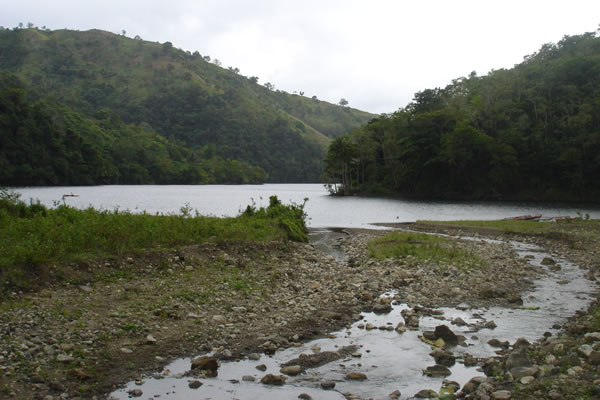
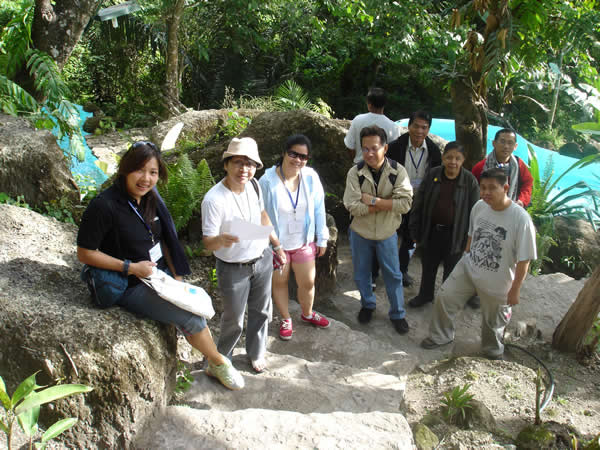
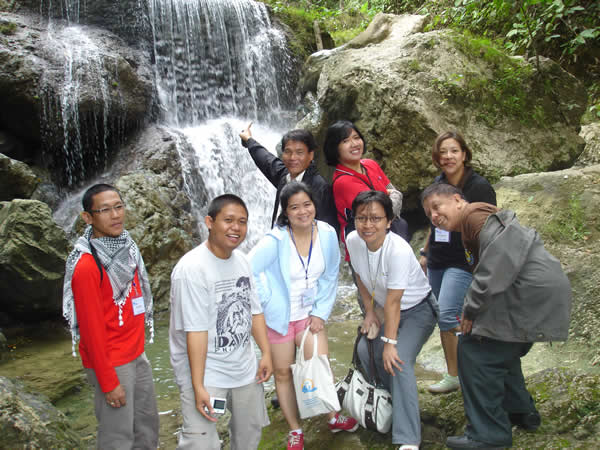
Mr. Juanito Galeon and Ms. Mercedez Balbon of Balanan Lake Development Authority, and Ms. Maritoni Mascardo of the Provincial Tourism Office of Negros Oriental (also a participant of the conference) gave us a tour and provided us the following information.
The conservation and development of Balanan Lake is an initiative of Hon. Emilio Macias II, the governor of Negros Oriental. During Macias’ administration, the provincial government pursued conservation and development project in Lake Balanan Lake, promoting it as an ecotourism destination and at the same time protecting it from the destructive activities of the locals and tourists.
In mid 1990s, the provincial government entered into a Memorandum of Agreement with the Department of Environment and Natural Resources for the joint management of the lake. The Balanan Lake Development Authority (BLDA) was consequently created in December 2007 by the Sangguniang Bayan pursuant to an provincial ordinance. The body is mandated to take charge in the development, administration and maintenance of Balanan Lake. It is composed of the Governor of the Province who will act as the chairperson, the Provincial Tourism Coordinator, the Community Environment and Natural Resources Officer, the Provincial Engineer, the Mayor of Siaton, the President of the cooperative operating in Balanan Lake, the head of Environment and Natural Resources Division, and a representative from the private sector involved in tourism-related business.
The conservation and development program of the lake and the forest around it is comprised of reforestation, resettlement, housing, livelihood, capacity-building and infrastructure.
- Reforestation through cooperative work and under the supervision of ENRD and DENR personnel was done in degraded areas. It also provided the locals supplemental income.
- The resettlement is effected among residents within the perimeter of the lake and those with farms in the critical areas. The vacated settlements and farms subsequently become “protected areas”, sites for conservation activities.
- Housing project is being developed outside the project (conservation and development of Balanan Lake) site but within the vicinity of the lake to effectively implement the resettlement of affected households.
- The livelihood component of the program offered various tourism-related employment opportunities. This is also being reinforced by providing them the necessary skills in performing tasks associated with the operation of tourism facilities within the lake.
- Infrastructure and facilities (such as roads and waterworks system) had been constructed to make the lake accessible, safe and more convenient for local and foreign tourists to visit.
As part of the conservation and rehabilitation of the resources of the lake and its watershed, regulations are being enforced against cutting of trees, dumping of wastes in the lake, hunting of animals, and fishing with the use of fine mesh nets.
– excerpt from the report of Ms. Zenaida M. Ugat
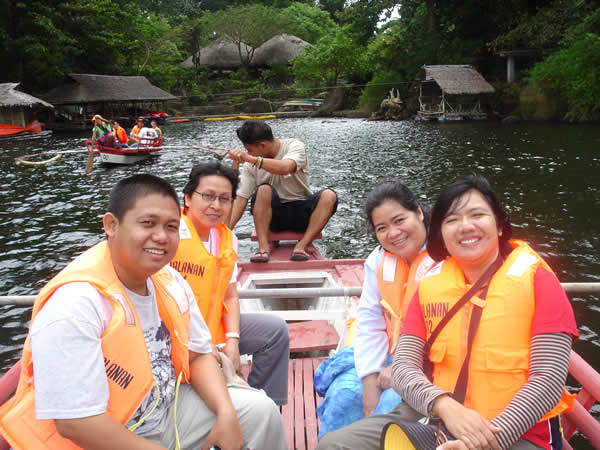
Implementors, Partners and Supporters

